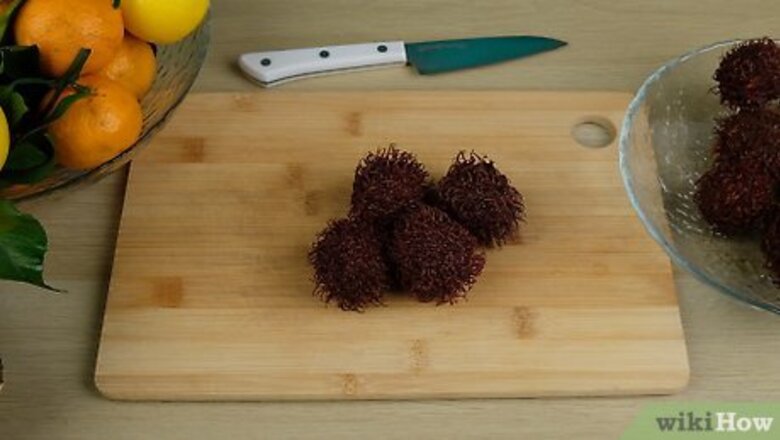
views
- Select a ripe rambutan and cut a slit in the skin with a pairing knife.
- Tear the cut skin off the rambutan to open it up. Pull 1 side completely off the fruit like you're opening a hinged lid.
- Cut around the center seed and pull it out. Then, pop the rambutan in your mouth and enjoy!
Eating a Rambutan
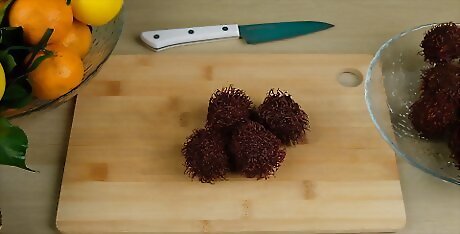
Select a ripe rambutan. Rambutans start out green, then turn red, orange, or yellow as they ripen. The hair-like "spines" are green when the rambutan is freshly picked, but after the spines turn black, the fruit remains good for at least a few days.
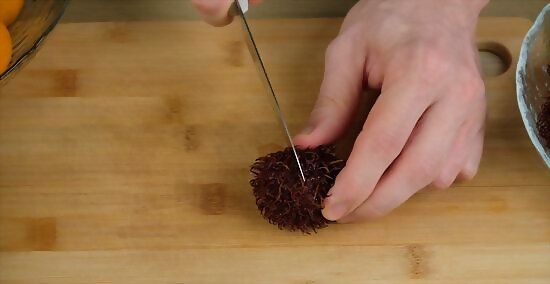
Cut a slit in the skin. Hold the rambutan firmly on a flat surface, gripping both tips. Place a sharp paring knife along the middle of the fruit, as though cutting it in half. Cut gently, severing the hairy, leathery skin without piercing the flesh. Carve halfway around the fruit to extend this slit. You can tear the skin with your thumbnail instead, or even bite open a slit. The spines are soft and harmless, but the skin is inedible and may taste bitter.
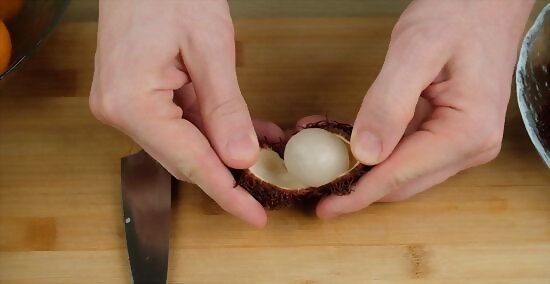
Open the rambutan. The cut skin should tear apart easily. Pull one side completely off the fruit, as though opening a hinged lid. Inside sits a fruit similar to a grape: oval, slightly translucent, and white or pale yellow.
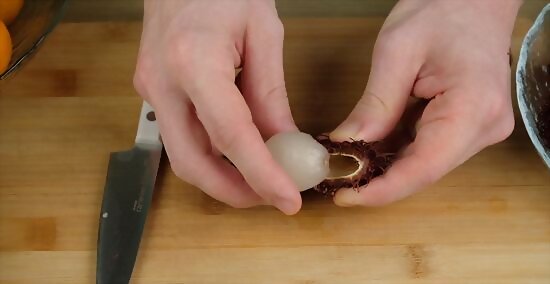
Squeeze to pop out the fruit. Squeeze the remaining skin gently to pop the edible flesh into your hand.
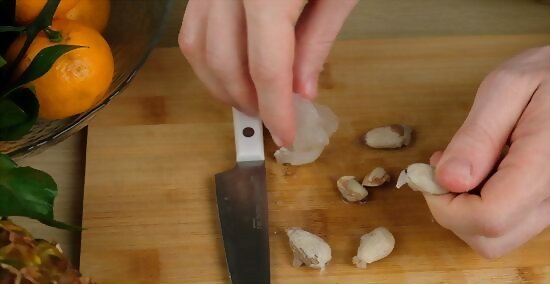
Remove the seed. The seed in the center is not edible while raw. Cut into the flesh without severing the seed, and try to pull it out. Some rambutans ("freestone" varieties) have seeds that slide out easily, while others ("clingstone") stick to the flesh. If you have a clingstone rambutan, just leave the seed in and spit it out when finished.
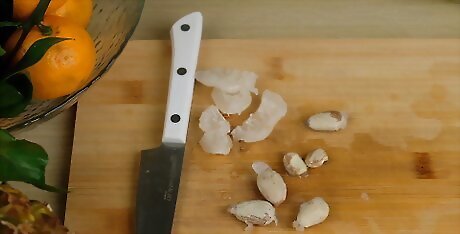
Eat the fruit. If you removed the seed, just pop the flesh in your mouth. If the seed is still there, note that a tough, papery coating surrounds it. Nibble the flesh around it instead to avoid biting into it. Most rambutans are sweet and juicy, but some varieties are acidic or slightly drier. Most rambutans have bitter seeds, although some may have a little sweetness. While a minority of people do eat the raw seeds, they contain traces of potentially toxic chemicals. Eating them is not recommended, especially for children and animals.
Using Extra Rambutans
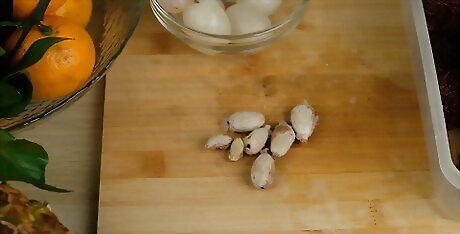
Consider roasting the seeds. In some areas, the seeds are roasted and eaten, similar to how you would roast nuts. Although edible in this form, the seeds are slightly bitter and may have mild narcotic properties. More research needs to be done before this is officially approved as safe to eat.
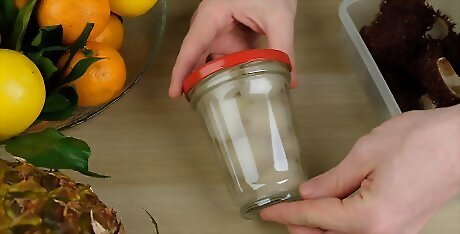
Make rambutan jam. Peel 1 pound (or 500g) rambutans, and two cloves, and boil them in water until the flesh separates from the seeds. Discard the seed coatings, then transfer the seeds to a little water and cook until soft. Cook the flesh, softened seeds, and 1½ cups (or 350g) sugar. Simmer for twenty minutes or until jam-like, remove the cloves, and seal in sterilized jars. For a faster dessert, stew the fruit after peeling and boiling.
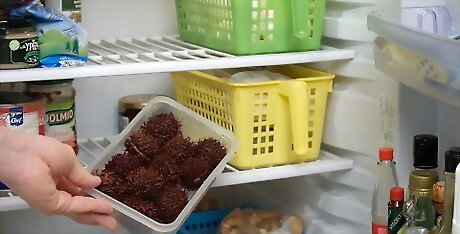
Refrigerate extra rambutans. Rambutans are only good for two weeks at most, and usually only a few days after buying them from a store. Refrigerate them whole and unpeeled in a perforated plastic bag to extend their lifespan.
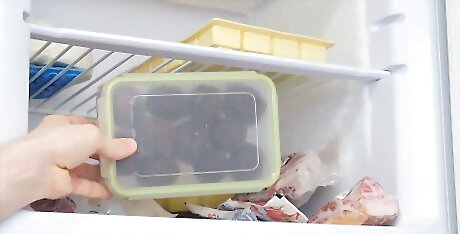
Freeze rambutans for a special dessert. Freeze whole, unpeeled rambutans in a zip-locked bag. Peel them and suck on them directly from the freezer for a milky, candy-like treat.


















Comments
0 comment